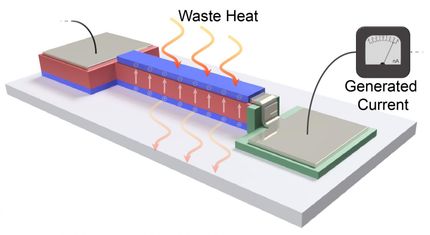Honeywell and U.S. Display Consortium to Jointly Develop New Flat Panel Display Materials
Advertisement
Honeywell Electronic Materials and the U.S. Display Consortium (USDC), a public/private partnership chartered with developing the supply chain for the flat panel display industry, has announced an agreement to develop new materials for flat panel displays.
The project will specifically focus on overcoming the challenges of planarization, or smoothing, encountered in fabricating thin film transistors on low temperature flexible substrates, long a focus of the USDC members and technical council. The total cost of the project will be $1 million, shared between Honeywell and USDC. The USDC portion will be funded by a grant from the U.S. Army Research Laboratory.
Thin film transistors are a critical component of flat panel displays, which are commonly used in notebook and laptop computers. Flat panel displays are comprised of an array of pixels which together create an image on the display. Thin-film transistors act as switches to individually turn each pixel on or off. Planarization is critical for creating the uniformly flat surfaces necessary during the production of these transistors.
Honeywell has extensive experience with planarizing materials and is a pioneer in the development of key planarizing materials that are used in the production of integrated circuits in the semiconductor industry.
"Honeywell's expertise in the development and production of thin films for uniformly covering surfaces is significant and this expertise is now being employed to offer materials for the flat panel display industry," stated Peter Smith, display business director for Honeywell Specialty Materials. "The agreement with the USDC will help accelerate the development and integration of Honeywell's materials within the display thin film transistor, realizing rugged flexible displays as well as improving manufacturing costs, which will help drive industry growth."
The project will also focus on improving display performance in terms of color uniformity, device lifetime, power consumption and display manufacturer cost of ownership -- all important aspects enabling flexible displays to realize their promise of information displays that are ultrathin, lightweight, and intrinsically rugged. As part of the program, the Arizona State University Flexible Display Center (ASU FDC) will evaluate Honeywell materials.

























































